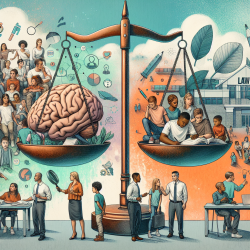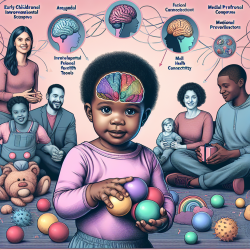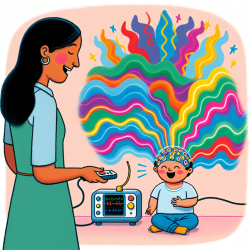Understanding the complexities of schizophrenia, particularly its negative symptoms, is crucial for practitioners aiming to provide effective therapy. The research article "A Bioecosystem Theory of Negative Symptoms in Schizophrenia" by Gregory P. Strauss offers valuable insights that can enhance your therapeutic approach.
The bioecosystem theory posits that negative symptoms in schizophrenia are not solely driven by person-level factors (like genetics or cognitive processes) but also by dynamic interactions within various environmental systems. These systems include:
- Microsystem: Immediate environments (home, school, work).
- Mesosystem: Interactions among microsystems.
- Exosystem: Indirect environments influencing the individual through microsystems (e.g., economic conditions).
- Macrosystem: Socio-cultural factors.
By understanding these systems, practitioners can develop more holistic and effective interventions. Here are some actionable steps to incorporate this theory into your practice:
1. Assess the Environment
Evaluate the patient's immediate environments (microsystems) and their interactions (mesosystems). Consider factors such as social support, physical resources, and cultural context.
2. Enhance Social Networks
Encourage patients to build and maintain a robust social network. This can involve family therapy, peer support groups, and community engagement activities.
3. Address Environmental Deprivation
Identify and mitigate factors in the exosystem that contribute to negative symptoms. This could include improving access to recreational facilities, transportation, and healthcare services.
4. Advocate for Policy Changes
Work with policymakers to create supportive environments for individuals with schizophrenia. This can involve advocating for better mental health services, housing policies, and anti-discrimination laws.
5. Integrate Person-Centered and Systems-Level Interventions
Combine cognitive-behavioral therapy (CBT) and social skills training with systems-level interventions. Tailor these interventions to address both person-level and environmental factors dynamically.
By adopting a bioecosystem approach, practitioners can more effectively target the complex interplay of factors contributing to negative symptoms in schizophrenia, ultimately improving patient outcomes.
To read the original research paper, please follow this link: A Bioecosystem Theory of Negative Symptoms in Schizophrenia.










